
The Coastal Charm of Sihanoukville
Discover Sihanoukville: Cambodia's Coastal Jewel with Pristine Beaches, Vibrant Nightlife, and Exciting Island Adventures
Sihanoukville, a vibrant coastal city in Cambodia, is a haven for beach lovers and adventure seekers. Known for its pristine beaches and crystal-clear waters, it offers a perfect blend of relaxation and excitement. From the bustling Serendipity Beach to the tranquil Otres Beach, there's a spot for every type of traveler. Beyond the beaches, Sihanoukville boasts a lively nightlife scene, with numerous bars, restaurants, and casinos. The local cuisine is a delightful mix of fresh seafood and traditional Khmer dishes, providing a culinary journey that will tantalize your taste buds. Don't miss out on the vibrant local markets where you can shop for unique souvenirs and experience the local culture. For those looking to explore beyond the city, the nearby islands of Koh Rong and Koh Rong Samloem offer stunning natural beauty and a range of outdoor activities. Whether you're into snorkeling, diving, or simply lounging by the beach, these islands are a must-visit. Sihanoukville is also a gateway to the Ream National Park, where you can enjoy hiking, bird-watching, and exploring mangrove forests.
Local tips in Sihanoukville
- Visit Otres Beach for a more laid-back and serene experience compared to the busier Serendipity Beach.
- Try the local seafood at the beachfront restaurants for a taste of fresh and delicious dishes.
- If you plan to visit the nearby islands, book your ferry tickets in advance, especially during the high season.
- Explore the local markets early in the morning for the freshest produce and unique souvenirs.
- Consider renting a scooter to explore the city and its surrounding areas at your own pace.
- Always carry some local currency (Cambodian Riel) as not all places accept credit cards.
Neighbourhoods in Sihanoukville
The Coastal Charm of Sihanoukville
Sihanoukville, a vibrant coastal city in Cambodia, is a haven for beach lovers and adventure seekers. Known for its pristine beaches and crystal-clear waters, it offers a perfect blend of relaxation and excitement. From the bustling Serendipity Beach to the tranquil Otres Beach, there's a spot for every type of traveler. Beyond the beaches, Sihanoukville boasts a lively nightlife scene, with numerous bars, restaurants, and casinos. The local cuisine is a delightful mix of fresh seafood and traditional Khmer dishes, providing a culinary journey that will tantalize your taste buds. Don't miss out on the vibrant local markets where you can shop for unique souvenirs and experience the local culture. For those looking to explore beyond the city, the nearby islands of Koh Rong and Koh Rong Samloem offer stunning natural beauty and a range of outdoor activities. Whether you're into snorkeling, diving, or simply lounging by the beach, these islands are a must-visit. Sihanoukville is also a gateway to the Ream National Park, where you can enjoy hiking, bird-watching, and exploring mangrove forests.
When is the best time to go to Sihanoukville?
Iconic landmarks you can’t miss
Phsar Leu Market
Discover the charm of Cambodian culture at Phsar Leu Market, where vibrant stalls and local flavors create an unforgettable shopping experience.
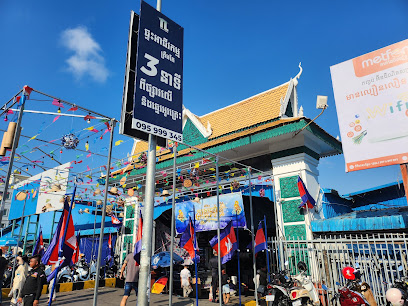
Sokha Beach Resort
Experience the ultimate luxury at Sokha Beach Resort, a stunning beachfront paradise in Preah Sihanouk, Cambodia, offering exceptional amenities and breathtaking ocean views.
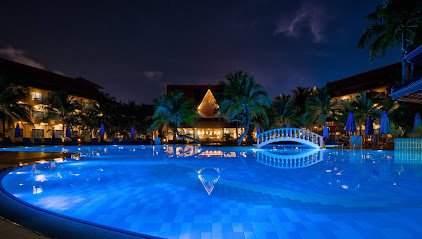
Independence Hotel by Dara - Sihanoukville
Experience luxury and relaxation at Independence Hotel by Dara, your perfect getaway in the heart of Sihanoukville, Cambodia.

Queenco Hotel & Casino
Discover the ultimate blend of luxury, entertainment, and exquisite dining at Queenco Hotel & Casino, your gateway to the vibrant beauty of Cambodia's coast.

Ream National Park
Discover the breathtaking landscapes and rich biodiversity of Ream National Park, a must-visit destination for nature lovers in Cambodia.

Otres Beach
Discover the tranquil beauty of Otres Beach, a serene coastal paradise in Cambodia perfect for relaxation, local culture, and stunning sunsets.
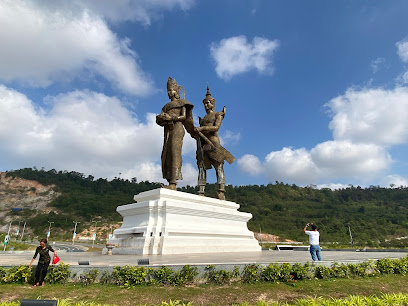
Kbal Chhay Waterfalls
Explore the breathtaking beauty of Kbal Chhay Waterfalls, a natural paradise near Preah Sihanouk, perfect for relaxation and adventure amidst lush landscapes.
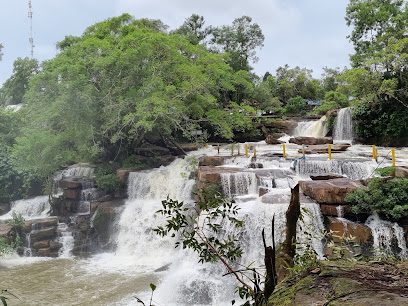
Koh Rong
Explore the pristine beaches and vibrant jungles of Koh Rong, Cambodia's tropical paradise, and experience an unforgettable adventure in paradise.
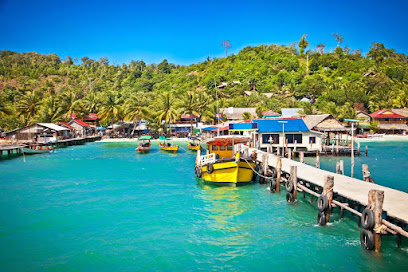
Tree House Bungalows
Discover the serene beauty of Tree House Bungalows in Preah Sihanouk, where comfort meets nature for an unforgettable travel experience.

Ochheuteal Beach
Experience the breathtaking beauty and vibrant atmosphere of Ochheuteal Beach, a must-visit destination on Cambodia's stunning southern coast.
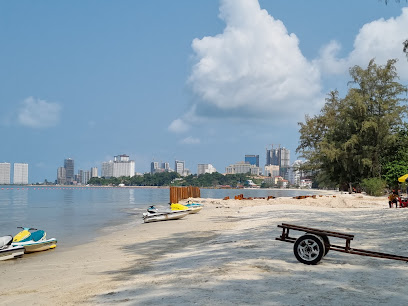
Sihanoukville International Airport
Discover the beauty of Cambodia's coast from Sihanoukville International Airport, your gateway to pristine beaches and vibrant local culture.
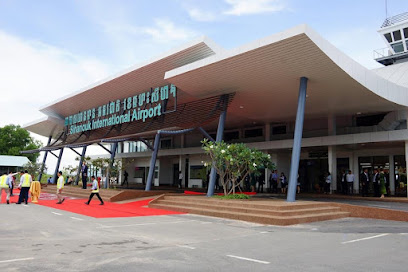
Sok Sabay Resort & Restaurant
Experience authentic Cambodian cuisine and wellness in a serene riverside setting at Sok Sabay Resort & Restaurant, Preah Sihanouk.
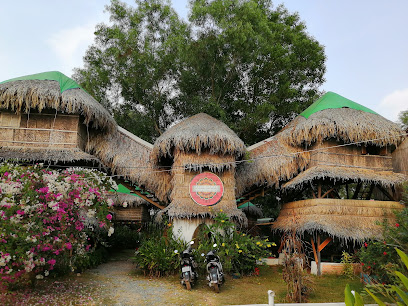
Monkey Republic
Experience the vibrant spirit of Cambodia at Monkey Republic, where adventure, relaxation, and community converge in Preah Sihanouk.

M-Pai Bay
Discover the tranquility of M-Pai Bay, the perfect beach paradise in Koh Rong Sanloem, Cambodia, where adventure meets relaxation.
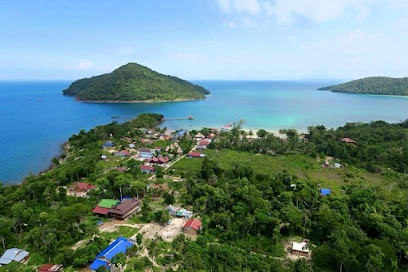
Wat Leu Pagoda
Discover the tranquility of Wat Leu Pagoda, a stunning Buddhist temple in Preah Sihanouk, offering breathtaking views and rich cultural heritage.

Unmissable attractions to see
Grand World Phu Quoc
Experience the beauty and excitement of Grand World Phu Quoc, a stunning beach destination that blends relaxation with vibrant entertainment in Vietnam.
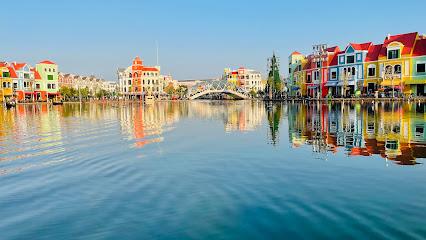
VinWonders Phú Quốc
Discover fun and adventure at VinWonders Phú Quốc, Vietnam's premier amusement park, offering thrilling rides, shows, and unique experiences for all ages.
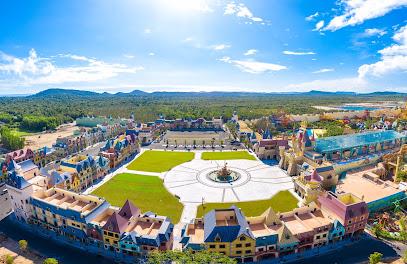
Starfish Beach
Experience the tranquil beauty of Starfish Beach in Phu Quoc, Vietnam, where nature meets relaxation in a stunning coastal paradise.
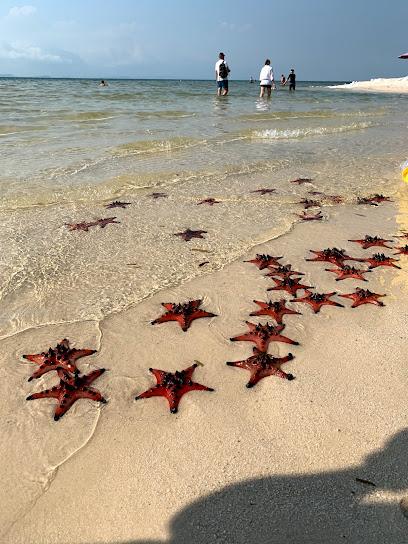
Bokor Hill Station
Discover the enchanting Bokor Hill Station, a historic site in Cambodia where stunning landscapes meet remnants of colonial grandeur.
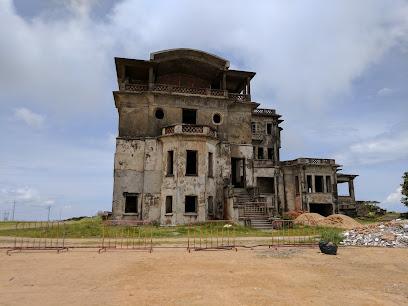
Preah Monivong Bokor National Park
Experience the breathtaking beauty and biodiversity of Preah Monivong Bokor National Park, a pristine natural escape in Cambodia's lush landscape.
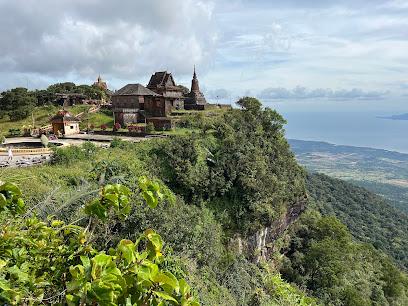
Popokvil Waterfall
Explore the breathtaking Popokvil Waterfall, a serene retreat in Cambodia's lush wilderness, perfect for nature lovers and adventure seekers alike.

Lok Yeay Mao Monument
Explore the Lok Yeay Mao Monument in Krong Kampot, a historical landmark that embodies Cambodia's rich cultural heritage and vibrant local life.
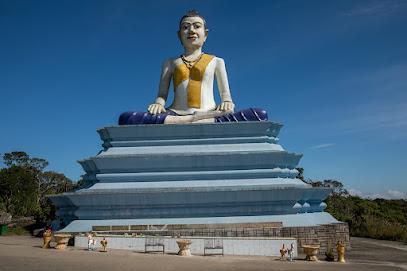
Otres Beach
Discover the tranquil beauty of Otres Beach, Cambodia's serene coastal paradise, perfect for relaxation, water sports, and local cuisine.
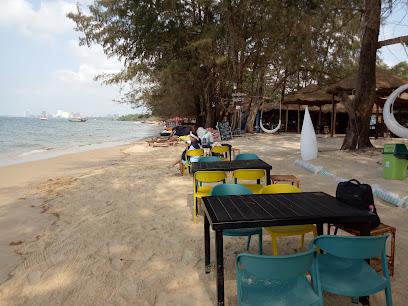
Kbal Chhay Waterfalls
Experience the breathtaking beauty of Kbal Chhay Waterfalls, a natural paradise near Preah Sihanouk, Cambodia, perfect for adventure and relaxation.
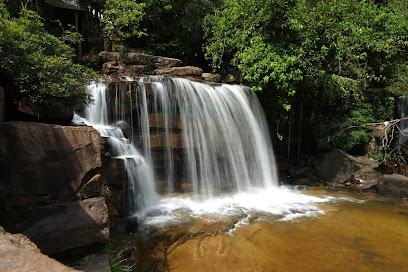
Wat Sampov Pram
Discover the tranquility of Wat Sampov Pram, a stunning Buddhist temple in Cambodia, known for its breathtaking stupas and serene atmosphere.
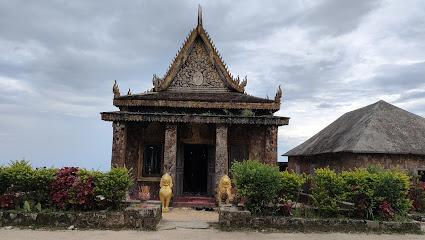
Phu Quoc Countryside - Pepper Farm
Explore Phu Quoc's lush pepper farms, indulge in authentic Vietnamese cuisine, and enjoy a unique hands-on culinary experience amidst stunning landscapes.
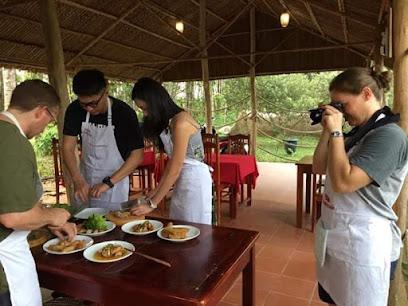
Ochheuteal Beach
Discover the stunning Ochheuteal Beach in Sihanoukville, Cambodia, a vibrant paradise of golden sands, thrilling water sports, and breathtaking sunsets.
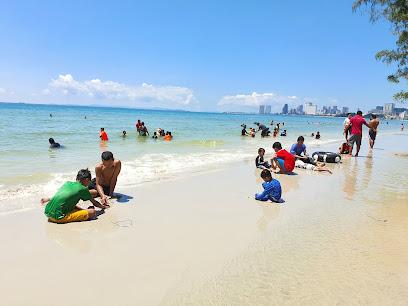
Wat Leu Pagoda
Experience the serene beauty and spiritual richness of Wat Leu Pagoda in Preah Sihanouk, a breathtaking Buddhist temple with stunning views.
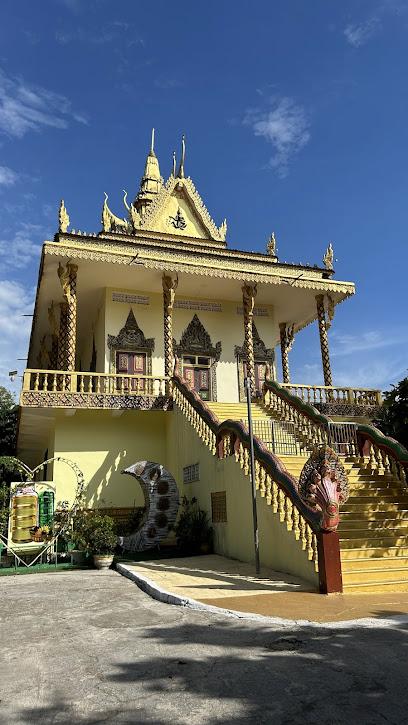
Hawaii Beach
Discover the beauty of Hawaii Beach in Preah Sihanouk, where sun-soaked sands meet crystal-clear waters in a tropical paradise.
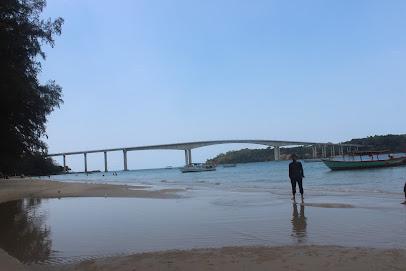
Hon Mot
Discover the unspoiled beauty of Hon Mot Island in Phu Quoc, Vietnam, where pristine beaches and vibrant marine life await.
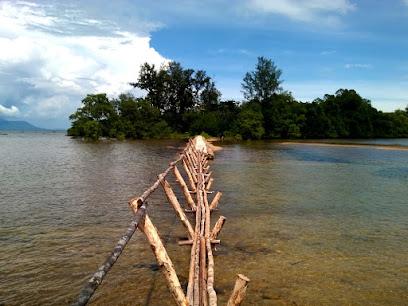
Essential places to dine
Golden Beach Restaurant
Experience culinary excellence at Golden Beach Restaurant in Preah Sihanouk—where fresh seafood meets breathtaking ocean views.
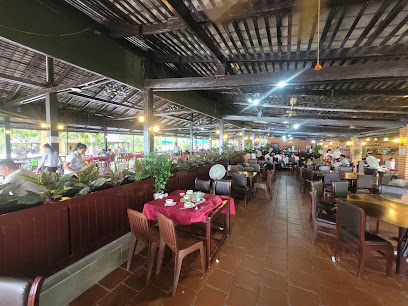
Sandan
Experience authentic Khmer cuisine with a modern twist at Sandan in Preah Sihanouk's charming setting under a lit mango tree.
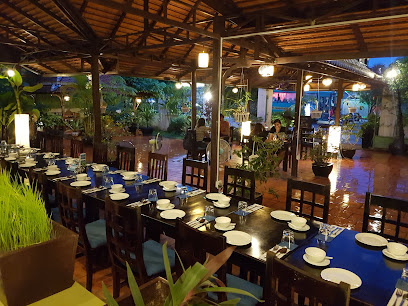
Yasmine Restaurant
Experience authentic Cambodian flavors at Yasmine Restaurant in Preah Sihanouk - where culinary delights meet warm hospitality.
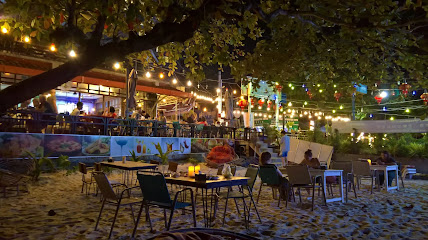
The Pizza Company - Sihanouk Ville
Discover delicious pizza and fast food delights at The Pizza Company in Sihanouk Ville – perfect for tourists seeking comfort food in Cambodia.
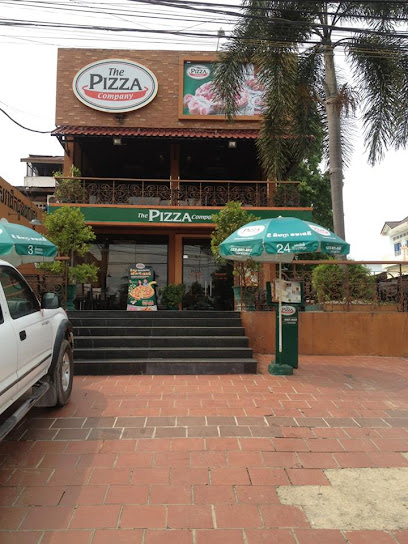
ភោជនីយដ្ឋាន ឆ្នេរថ្មី 新金岸海鲜餐厅 New Beach Restaurant
Savor fresh seafood delights at New Beach Restaurant in Preah Sihanouk, where culinary excellence meets breathtaking coastal views.
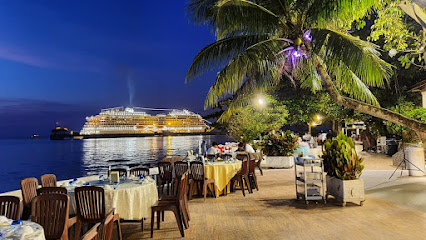
ភោជនីយដ្ឋាន ចាប៉ីយក្ស-Chapei Yeak Restaurant
Experience authentic Cambodian flavors at Chapei Yeak Restaurant in Preah Sihanouk - a must-visit for food enthusiasts.
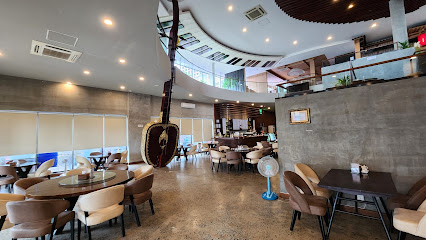
TOTO'PIZZA
Discover the best of Italian cuisine at TOTO'PIZZA in Preah Sihanouk – where every slice tells a story.
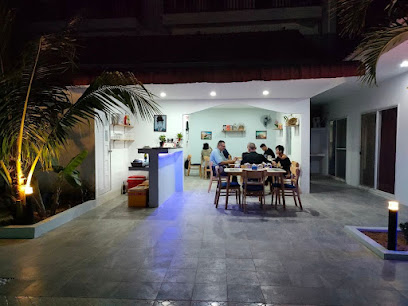
Khin's Shack
Discover Khin's Shack in Preah Sihanouk: Your go-to spot for authentic Cambodian cuisine amidst tropical vibes.

Koh Touch Restaurant
Experience authentic Cambodian flavors at Koh Touch Restaurant in Preah Sihanouk - where every meal is a celebration of taste.
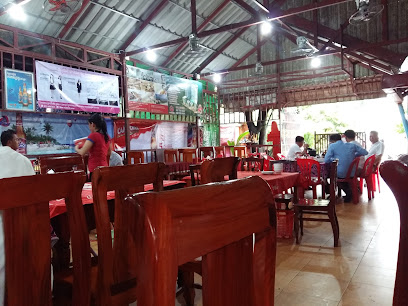
Samurai Japanese Restaurant & Bar
Discover the taste of Japan at Samurai Japanese Restaurant & Bar in Preah Sihanouk - where authentic flavors meet warm hospitality.
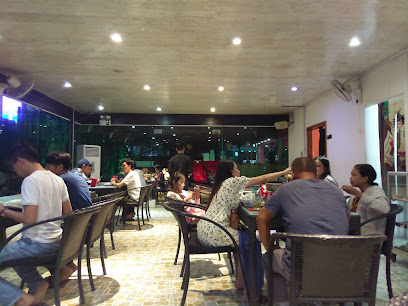
Romdoul's Place
Experience authentic Cambodian cuisine at Romdoul's Place in Preah Sihanouk - where flavor meets tradition!
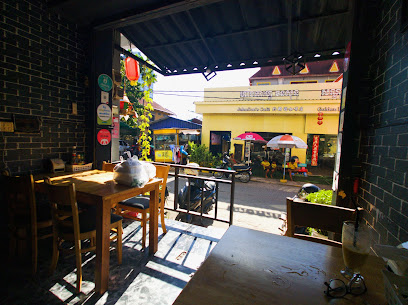
Mike's Burger House-Sihanoukville
Discover delicious gourmet burgers at Mike's Burger House in Sihanoukville – where taste meets local charm!
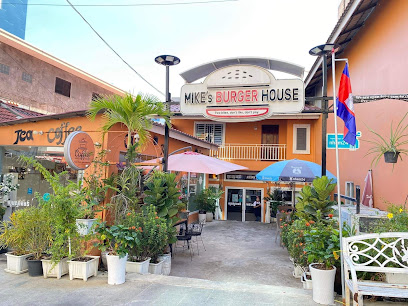
Titanic Restaurant
Explore authentic Cambodian flavors at Titanic Restaurant in Preah Sihanouk – where every meal is a delightful journey through taste.

The Corner Bar
Experience authentic Cambodian cuisine at The Corner Bar in Preah Sihanouk - where local flavors meet friendly service.

Cafe Sushi
Experience authentic Japanese cuisine with stunning ocean views at Cafe Sushi on Long Set Beach in Koh Rong.

Markets, malls and hidden boutiques
Prince Mall Sihanoukville
Discover retail bliss at Prince Mall Sihanoukville, a shopping paradise in Cambodia offering diverse shops, dining, and entertainment for all ages.
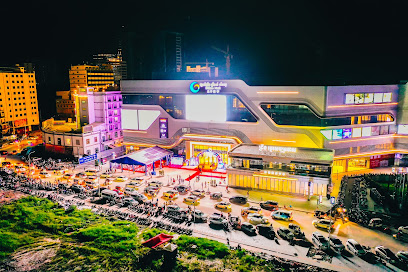
FURI Times Square Mall
Explore FURI Times Square Mall in Preah Sihanouk, where shopping, dining, and entertainment come together for an unforgettable experience.
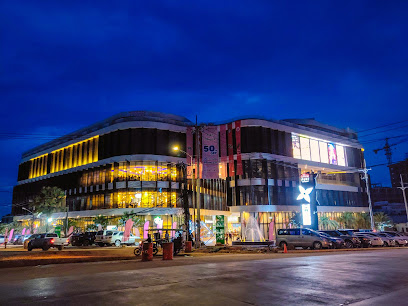
MOI OUTFIT Sihanoukville - Clothes Shop
Shop the latest beachwear, jeans, and accessories at MOI OUTFIT Sihanoukville – your go-to fashion stop in Cambodia.
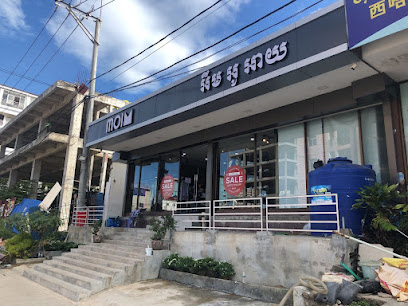
Ten11 Sihanoukville
Discover unique fashion and local craftsmanship at Ten11 Sihanoukville, a vibrant clothing store in the heart of Preah Sihanouk, Cambodia.
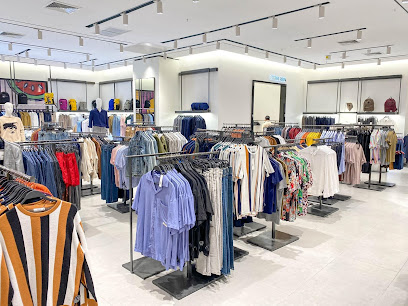
Golden Lion Plaza
Discover the vibrant shopping and dining experience at Golden Lion Plaza in Preah Sihanouk, where local culture meets modern retail.
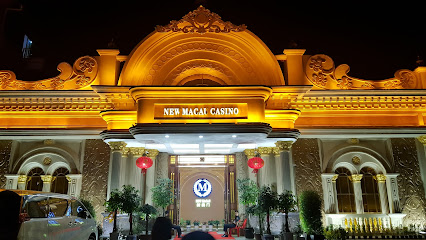
Total Shopping Mall
Discover a vibrant shopping experience at Total Shopping Mall in Preah Sihanouk, blending local culture with modern retail and dining options.
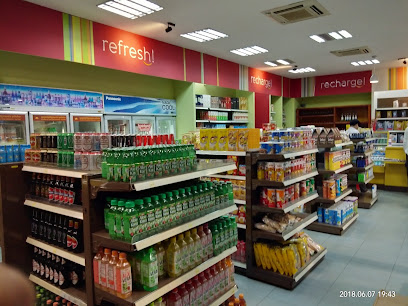
Adora Lifestyle Ltd
Explore modern fashion at Adora Lifestyle Ltd in Preah Sihanouk, offering stylish clothing and shoes that capture the essence of contemporary Cambodian style.
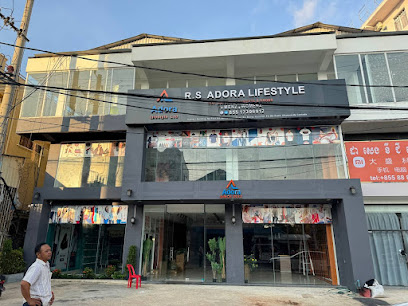
PrinceMall
Explore the heart of Preah Sihanouk at PrinceMall, a vibrant gift shop filled with unique Cambodian crafts and souvenirs.
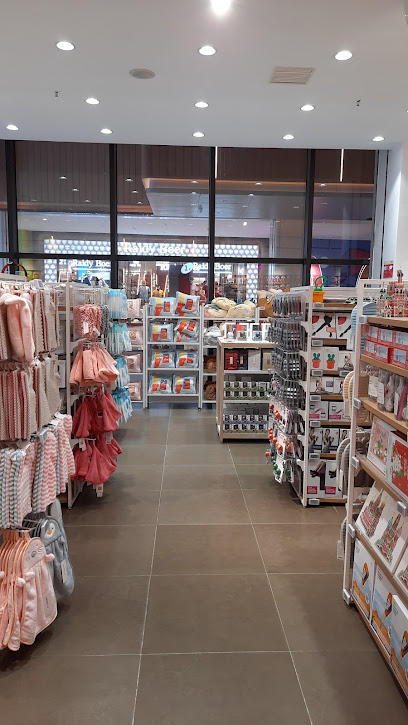
១១៧ ប៊ូទិក ក្រុងព្រះសីហនុ
Explore the artistic essence of Cambodia at 117 Boutique, your go-to destination for unique fashion and local crafts in Preah Sihanouk.
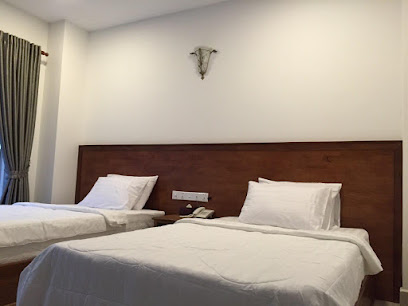
Yến Hana Store
Discover the latest trends and unique styles at Yến Hana Store, Preah Sihanouk's premier women's clothing boutique.
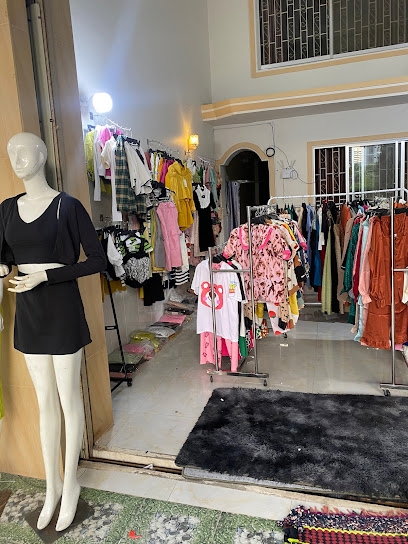
Ailing shop
Discover unique local treasures at Ailing Shop, the perfect destination for authentic Cambodian souvenirs in Preah Sihanouk.
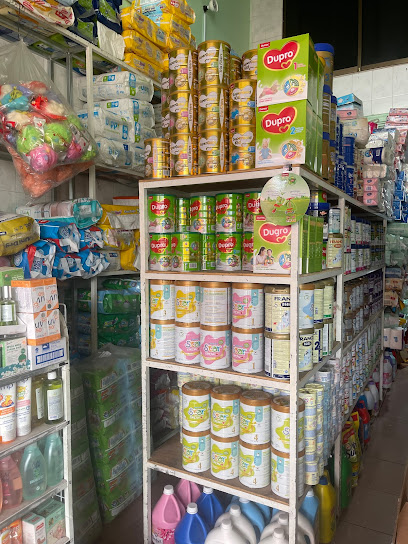
Otres Market
Explore Otres Market, a vibrant shopping and dining destination near Otres Beach, offering local crafts, delicious street food, and an authentic Khmer experience.
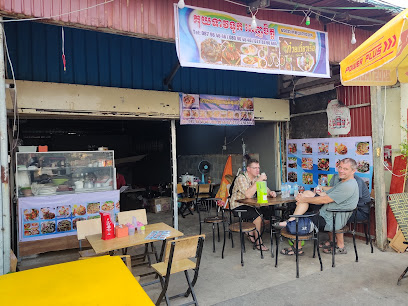
Giant Sihanouk Ville Bike Store
Discover the best biking experience in Sihanouk Ville at Giant Sihanouk Ville Bike Store, your go-to destination for bicycles and outdoor sports gear.
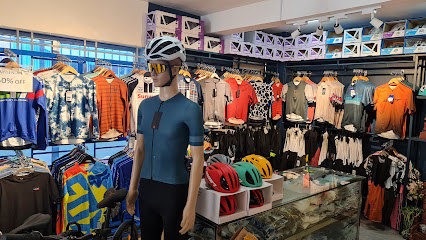
Clothing store
Explore the vibrant clothing store in Preah Sihanouk, where local craftsmanship and contemporary fashion merge beautifully.
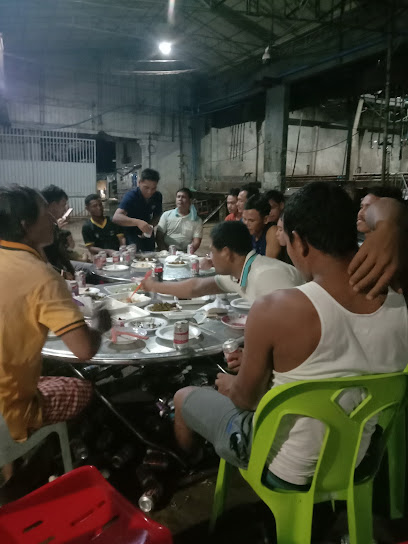
koko market
Experience the vibrant local culture at Koko Market, where luck and community spirit intertwine in the heart of Preah Sihanouk.
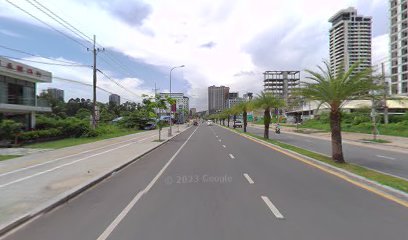
Essential bars & hidden hideouts
Taxi Pub
Experience the vibrant nightlife at Taxi Pub in Preah Sihanouk - an affordable bar with a friendly atmosphere and a great selection of drinks.
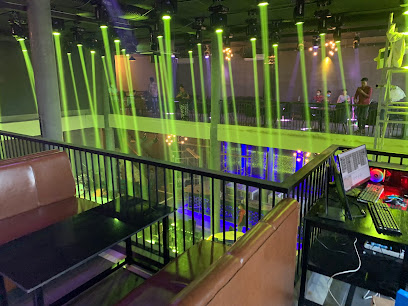
Eden Bar & Restaurant
Experience the vibrant atmosphere of Eden Bar & Restaurant in Preah Sihanouk, where delicious cuisine meets a lively tropical ambiance.
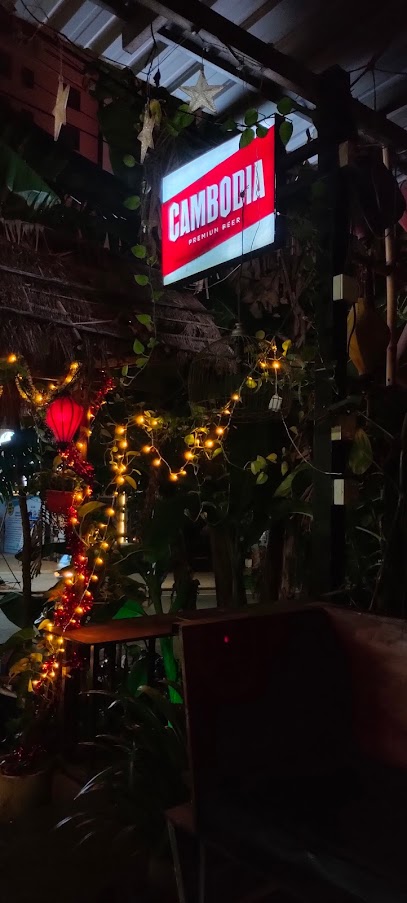
La Vogue Sky Bar/ SS
Experience the breathtaking views and vibrant atmosphere at La Vogue Sky Bar, the perfect rooftop escape in Preah Sihanouk.
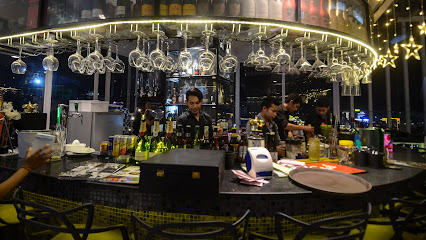
Dragon Fly
Unleash your night at Dragon Fly, a premier girl bar in Preah Sihanouk, known for its vibrant atmosphere and unforgettable entertainment.

LA LUNA Skybar
Discover the breathtaking views and exquisite cocktails at LA LUNA Skybar in Preah Sihanouk, where elegance meets vibrant nightlife.
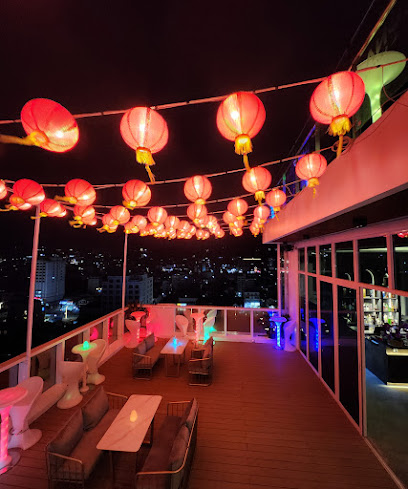
The Small Beach Bar
Experience the laid-back charm of The Small Beach Bar in Preah Sihanouk, where refreshing cocktails and stunning beach views await.
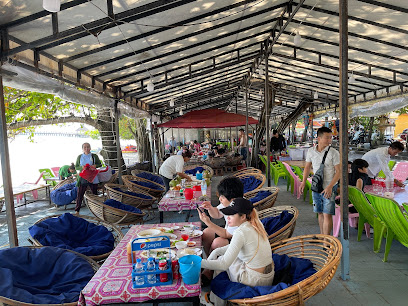
Niagara Bar
Discover the lively ambiance and unique cocktails at Niagara Bar, a premier girl bar in Preah Sihanouk, perfect for your night out.
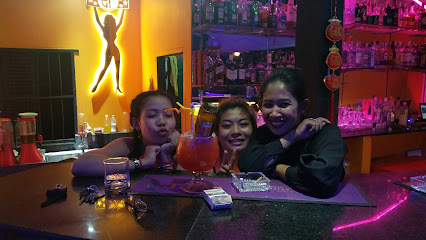
Boudoir Club
Discover the vibrant nightlife at Boudoir Club in Preah Sihanouk, where drinks, music, and fun converge in an unforgettable experience.
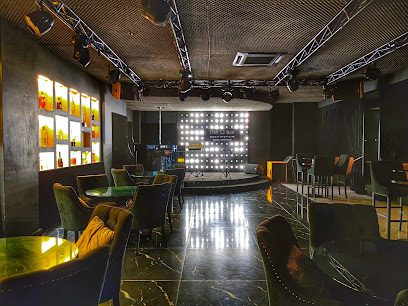
Hi-Sun Sky Bar
Experience stunning ocean views and vibrant nightlife at Hi-Sun Sky Bar in Preah Sihanouk, a premier destination for relaxation and socializing.
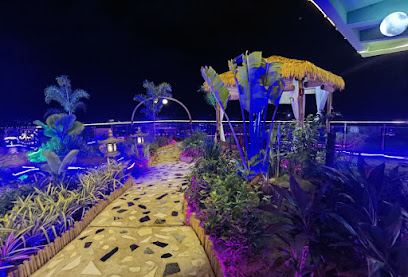
Rocky Plus Beach Party
Discover the lively Rocky Plus Beach Party for refreshing drinks, live music, and breathtaking beachfront views in Preah Sihanouk, Cambodia.
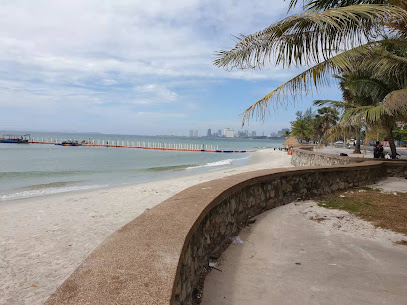
Blue Star Bar
Experience the vibrant nightlife at Blue Star Bar in Preah Sihanouk, where great drinks and friendly vibes await every traveler.
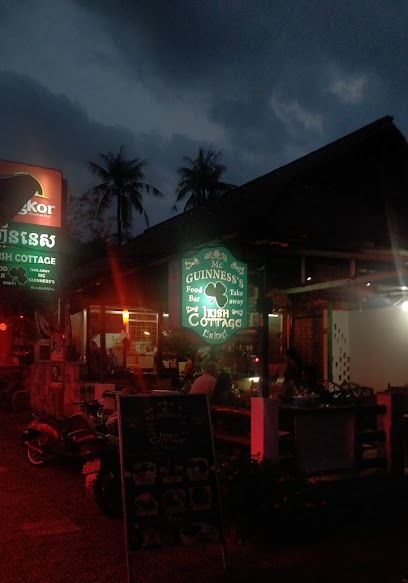
The Whiskey Exchange
Discover the vibrant nightlife and extensive whiskey selection at The Whiskey Exchange in Preah Sihanouk, a must-visit bar for all travelers.
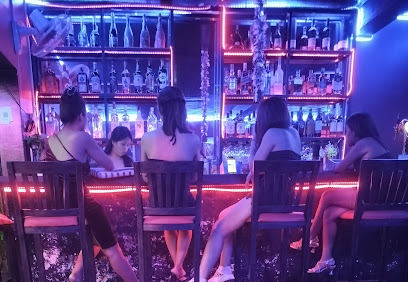
Divers bar
Experience the vibrant atmosphere and stunning coastal views at Divers Bar in Preah Sihanouk, the perfect retreat for travelers seeking relaxation.

WAVE PUB
Experience the vibrant nightlife at WAVE PUB in Preah Sihanouk, a perfect blend of local culture, music, and refreshing drinks.
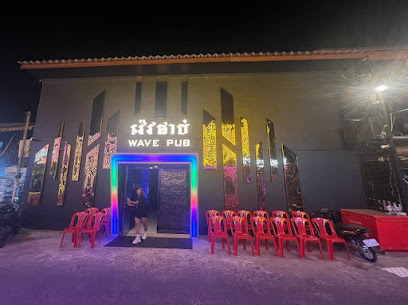
Big Boy Cocktail
Experience the vibrant nightlife at Big Boy Cocktail in Preah Sihanouk, where creative cocktails and a lively atmosphere await.
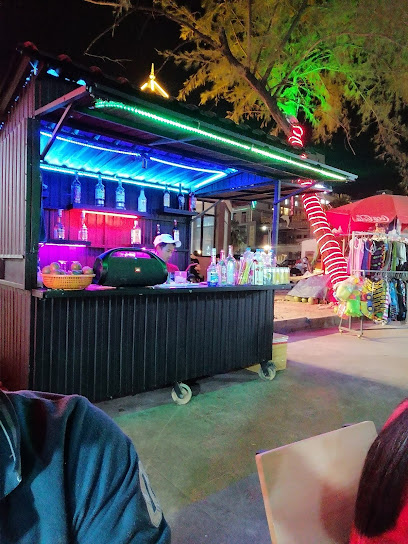
Travel experiences inspired by this city
Explore more travel diariesLocal Phrases
-
- Helloសួស្តី
[suosdei] - Goodbyeលាហ៊្វាឈលលា
[leah veahea lalaa] - Yesបាទ/បាទយ៉ាង
[baat/baat yang] - Noទេ
[te] - Please/You're welcomeសូម
[sourm] - Thank youអរគុណ
[aw koun] - Excuse me/Sorryសូមអត់
[sourm ot] - How are you?អ្នកសុខសប្បាយទេ?
[nak sok sabai te?] - Fine. And you?សុខសប្បាយ
[sok sabai] - Do you speak English?តើអ្នកនៅទទួលភាសាអង់គ្លេសលេខ?
[te nak nov thool phasa angklei leng?] - I don't understandខ្ញុំមិនយល់ច្រើន
[knhom min yol chran]
- Helloសួស្តី
-
- I'd like to see the menu, pleaseខ្ញុំចង់មើលម៉ឺនុយបន្តបរួសខ្ញុំ
[knhom chong meul menu banh bat broh knhom] - I don't eat meatខ្ញុំមិនធ្វើសាច់
[knhom min tve saach] - Cheers!ជរទើរ!
[chol teul!] - I would like to pay, pleaseខ្ញុំចង់បង់ប្រាក់សូម
[knhom chong bong brai sourm]
- I'd like to see the menu, pleaseខ្ញុំចង់មើលម៉ឺនុយបន្តបរួសខ្ញុំ
-
- Help!ជួយ!
[chuoy!] - Go away!ចាកប្រាក់!
[chak brai!] - Call the Police!ហេតុកាលហេតុដឹកន
[het ka lhet duk nai] - Call a doctor!ហេតុអមិនវិច្ឆិក!
[het amn vechhchak!] - I'm lostខ្ញុំបាត់
[knhom bat] - I'm illខ្ញុំធ្វើអក្សរ
[knhom tve aksa]
- Help!ជួយ!
-
- I'd like to buy...ខ្ញុំចង់ទិញ...
[knhom chong tien...] - I'm just lookingខ្ញុំតែងស្វែង
[knhom taeng svaeng] - How much is it?តើវាមានបញ្ចូលប្រទេសប៉ុន្មាន?
[te voam nechol protes pone man?] - That's too expensiveវាគឺគិតបន្ថយពីរ
[voak kit banteat pi] - Can you lower the price?តើអ្នកអាហារបញ្ចូលតម្លៃរបស់អ្នកបានទេ?
[te nak ara nechol tamle rous nov ban te?]
- I'd like to buy...ខ្ញុំចង់ទិញ...
-
- What time is it?ម៉ោងណា?
[moang na?] - It's one o'clockវា ម៉ោងមួយ
[voa moang muoy] - Half past (10)ឆ្ងលនះ បីរយ៉ាង
[chnol nah bei yang] - Morningព្រឹក
[prek] - Afternoonល្ងាច
[langka] - Eveningល្ងាច
[langka] - Yesterdayម្សិលី
[msulii] - Todayថ្ងៃនេះ
[thngai nee] - Tomorrowស្អែក
[sak] - 1មួយ
[muoy] - 2ពីរ
[pii] - 3បី
[bei] - 4បួន
[buon] - 5ប្រាំន
[braam] - 6ប្តី
[bmai] - 7បុត្រ
[botr] - 8បីបួន
[pii buon] - 9កង
[kaong] - 10ដបត្រ
[dopotr]
- What time is it?ម៉ោងណា?
-
- Where's a/the...?តើរបត្រមាននៅ...
[te botr man nov...] - What's the address?អាសយដ្ឋានជា?
[asidathann chia?] - Can you show me (on the map)?តើអ្នកអាចបង្ហាញខ្ញុំបានទេ?
[te nak ach bonghchanh knhom banh te?] - When's the next (bus)?ម៉ោងបន្ទាប់...
[moang bantap...] - A ticket (to ....)សំបុត្រទៅ...
[sombotr to...]
- Where's a/the...?តើរបត្រមាននៅ...
History of Sihanoukville
-
Sihanoukville, named after the revered King Norodom Sihanouk, began its journey in 1955. Recognizing the need for a deep-sea port that could serve as an alternative to the Mekong River's route through Vietnam, the Cambodian government commenced the construction of this port city. Officially, the city was founded in 1964, marking a significant milestone in Cambodia's infrastructural development. The establishment of Sihanoukville was aimed at boosting trade and providing the country with direct access to international waters.
-
During the 1960s, Sihanoukville blossomed into a vibrant tourist destination. Its pristine beaches, azure waters, and relatively untouched natural beauty attracted visitors from around the world. The construction of the Independence Hotel, a symbol of luxury and modernity, epitomized this era of prosperity. The coastal city became synonymous with relaxation and an idyllic getaway, earning itself a place on the international tourism map.
-
The rise of the Khmer Rouge in the 1970s brought a dark period to Sihanoukville. Like the rest of Cambodia, the city suffered under the regime's brutal policies. The once-thriving port and tourist hub saw a dramatic decline as the Khmer Rouge disrupted economic activities and isolated the country. Many residents were displaced, and the infrastructure suffered significant damage. This period left an indelible mark on the city’s history and its people.
-
After the fall of the Khmer Rouge in 1979, Sihanoukville began a slow process of recovery. The 1980s and 1990s were marked by efforts to rebuild the city's infrastructure and revive its economy. International aid and investments played a crucial role during this period. The re-establishment of the port and the gradual return of tourists were pivotal in restoring Sihanoukville’s status as an economic and tourist hub. The scars of the past, however, remained evident as the city worked to overcome its traumatic history.
-
In the 21st century, Sihanoukville has experienced rapid development, driven by significant foreign investments, particularly from China. The city has seen a construction boom, with numerous casinos, hotels, and other infrastructure projects transforming its landscape. While this development has brought economic benefits, it has also posed challenges, including concerns about environmental sustainability, social displacement, and cultural preservation. The transformation of Sihanoukville continues to be a topic of considerable debate among locals and observers.
-
Despite modern changes, Sihanoukville retains a rich cultural heritage. The city is home to several important religious and cultural sites, including the Wat Leu and Wat Krom pagodas, which offer insight into the spiritual life of its residents. Traditional Khmer festivals, such as the Water Festival and Khmer New Year, are celebrated with fervor, reflecting the enduring cultural practices of the Khmer people. These traditions provide a window into the heart of Sihanoukville’s community and its enduring connection to Cambodia’s broader cultural landscape.
Sihanoukville Essentials
-
Sihanoukville can be reached by various modes of transportation. The nearest international airport is Sihanoukville International Airport (KOS), located about 20 kilometers from the city center. From Phnom Penh, the capital of Cambodia, you can take a bus, taxi, or a private car. The journey by road typically takes about 4 to 5 hours. There are also regular train services from Phnom Penh to Sihanoukville, offering a scenic and comfortable route. Additionally, ferries are available from nearby islands, making Sihanoukville accessible by sea.
-
Getting around Sihanoukville is relatively easy. Tuk-tuks and motorbike taxis are the most common forms of local transportation and are widely available. For longer distances, you can hire a taxi or rent a motorbike. There are also local buses and minibuses (known as 'hop-on-hop-off' services) that connect different parts of the city and nearby areas. If you prefer a more private mode of transport, car rentals are available from various agencies.
-
The official currency in Cambodia is the Cambodian Riel (KHR), but US dollars are widely accepted. Credit cards are accepted in most hotels, restaurants, and larger shops, but it's always a good idea to carry some cash, especially for smaller establishments and local markets. ATMs are plentiful in Sihanoukville, and they dispense both Cambodian Riel and US dollars. Always check for any additional fees when using international cards.
-
Sihanoukville is generally safe for tourists, but it is advisable to take standard precautions. Avoid walking alone at night, especially in less populated areas. Areas such as Victory Hill and some parts of Serendipity Beach are known for higher crime rates targeting tourists, primarily petty theft. Keep your belongings secure and avoid displaying valuables. Always use reputable transport services and avoid accepting unsolicited offers for tours or activities.
-
In case of an emergency, dial 117 for police assistance, 119 for medical emergencies, and 118 for fire services. Sihanoukville has several medical facilities, including the Sihanoukville Referral Hospital and private clinics. It is advisable to have travel insurance that covers medical emergencies. For minor health issues, there are numerous pharmacies in the city where you can purchase over-the-counter medications.
-
Fashion: Do dress modestly, especially when visiting religious sites. Avoid wearing overly revealing clothing. Religion: Do respect local customs and traditions. Remove your shoes and cover your head when entering temples. Public Transport: Do be respectful and patient. Don't haggle aggressively with tuk-tuk drivers. Greetings: Do greet people with a slight bow and a respectful 'Sampeah' (placing your palms together in a prayer-like gesture). Eating & Drinking: Do try local delicacies and street food. Don't refuse food or drink offered by locals, as it can be considered impolite.
-
To experience Sihanoukville like a local, visit the local markets such as Phsar Leu Market where you can buy fresh produce and traditional Cambodian goods. Engage with locals, who are often friendly and eager to share stories about their culture and history. Don't miss out on visiting the nearby islands like Koh Rong and Koh Rong Samloem for a more serene and picturesque experience. For an authentic taste of Cambodian cuisine, try local dishes like Amok Trey (curried fish) and Lok Lak (stir-fried beef).
Trending Landmark in Sihanoukville
-
Phsar Leu Market
-
Sokha Beach Resort
-
Independence Hotel by Dara - Sihanoukville
-
Queenco Hotel & Casino
-
Ream National Park
-
Otres Beach
-
Kbal Chhay Waterfalls
-
Koh Rong
-
Tree House Bungalows
-
Ochheuteal Beach
-
Sihanoukville International Airport
-
Sok Sabay Resort & Restaurant
-
Monkey Republic
-
M-Pai Bay
-
Wat Leu Pagoda
Nearby Cities to Sihanoukville
-
Things To Do in Kampot
-
Things To Do in Phu Quoc
-
Things To Do in Kep
-
Things To Do in Koh Rong
-
Things To Do in Koh Kong
-
Things To Do in Phnom Penh
-
Things To Do in Can Tho
-
Things To Do in Trat
-
Things To Do in Battambang
-
Things To Do in Siem Reap
-
Things To Do in Ho Chi Minh City
-
Things To Do in Kratie
-
Things To Do in Rayong
-
Things To Do in Vung Tau
-
Things To Do in Pattaya


















